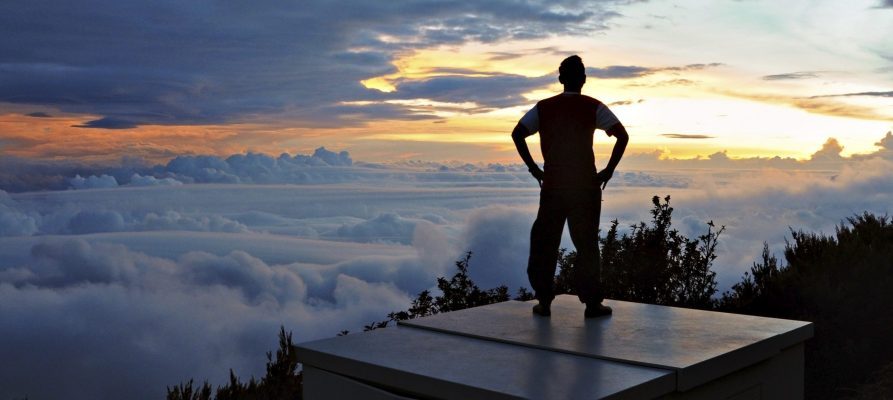![]()
From what we get, we make a living; what we give, however, makes a life. – Arthur Ashe
A few years ago I was in an antique store and found an old school book on civics. It made me wonder–what happened to these civics classes? I grew up with Schoolhouse Rock (“I’m just a Bill”), but none of my classes had civics in their titles.
Does this matter? Sure it does. When we don’t have civics courses, we miss a chance to start discussions from a common set of facts. We miss a chance to foster pride, ownership and a sense of empowerment in our communities–locally and nationally.
We’ve seen that many schools have lumped Civics 101 into their history or social studies classes. Others have service-learning programs that use experiential learning to bring our civics classes to life.
Fostering Civic Engagement through Service Learning
Civic engagement is part of our everyday life. We do it when we vote, work in a community garden, or volunteer at a soup kitchen. Formally, the American Psychological Association defines it as “individual and collective actions designed to identify and address issues of public concern.”
In a 1989 essay, the late Professor Benjamin Barber explored the ideas of why we need a new approach to civic education to foster engagement. He presented this as key to a strong democracy. To get there he suggested classes that go beyond the nuts and bolts of how government works. Connection through action and reflection. Today we’ve seen this come to practice through service-learning.
2017 marks the 25th anniversary of the first federal support for service-learning. This was originally done through Learn and Serve America. Now it’s part of the Corporation for National Service (CNS). Through these and programs like Campus Compact, we have seen service-learning adopted into schools nationwide. It is a key component of AmeriCorps. The American Association of Community Colleges developed A Practical Guide for Integrating Civic Responsibility into the Curriculum which gives an overview of the whys and hows of service-learning.
AmeriCorps is Service Learning In Action
AmeriCorps is the domestic Peace Corps and it began in 1994. It covers a suite of service opportunities, including ones that had already existed like Vista, City Year, and the Student Conservation Association. There is also the National Civilian Community Corps (AmeriCorps*NCCC)–modeled on the Civilian Conservation Corps (CCC). Personally, NCCC is the program where I learned about wildland fire. Today, we see more than 80,000 Americans across the country participate each year. I am one of more than 1 million Americans who are AmeriCorps alumni.
Our corps members work in a number of focus areas, from supporting veterans and military families to building trails. CNS recently announced a new initiative that targets the opioid crisis. Disaster relief is yet another focus area, and this year more than 2,000 national service members have supported relief efforts in Texas, Florida, Georgia, Puerto Rico, and the U.S. Virgin Islands.
When you bring in a corps member or team in, you will share in getting work done and foster a service-learning environment. It is a cycle of action and reflection. They go hand in hand.
Benefits of Service-Learning Programs
On its 20th anniversary, the Corporation for National Service offered a review of their work. Or for a more personal way to learn about the impacts, there is an excellent 2014 blog post by Major Rebecca “BB” Lange.
In college settings, Vanderbilt University and other schools have seen enhanced university-community relations. A 2011 study (Celio et al) of existing research shows that participants made progress in five areas:
- attitudes toward self
- attitudes toward school and learning
- civic engagement
- social skills
- academic performance.
In 2005, Mississippi Governor Haley Barbour said, “Much of the work in the wake of Hurricane Katrina fell on the shoulders of volunteers and AmeriCorps members. These volunteers have helped rebuild a stronger and better Mississippi. I am proud and honored to be a friend of national service.”
When I was young, I wanted to join the Peace Corps as a way to give something back in service to our country. Later–when AmeriCorps was launched in 1994–I saw a way to help out at home. What I didn’t realize I was doing was learning more about our country and how it works than I ever could have from a book. Giving thanks through action–you often get more back than you realize.




I couldn’t imagine school without school house rock! Great post!
Thank you Emily!